I’ve spent about a week listening to the Apple Music free trial. I have also been a member of Tidal HiFi since Jay-Z bought them, and I subscribe to Tidal’s premium plan to enable high bandwidth downloading. I would like to preface this, by stating that I am in no way employed, connected or have prejudice with either Apple Music or Tidal HiFi. I went into this informal testing with an open mind and gathered as much evidence that I could to review each service against the other, as a consumer that has experience in a home studio with high quality digital recording equipment. I would like to think that I have a tuned ear for audio even though in my advanced years, my hearing isn’t as good as it used to be.
My workflow, if I can call it that, would be to first browse the “new” menu for only the recently released tracks. I anxiously await new aural stimulations every Tuesday when labels typically release their new material. Apple doesn’t mash them all together which in my opinion is a good AND a bad thing. It’s good because I can narrow down my listening pleasure to genres I’m generally interested in. However it’s also bad because I’m not exposed to other genres that might have tracks that I might groove to. Tidal has an advantage over Apple in this respect because they have curated playlists in their “What’s new” menu, such as “Tidal Tuesday” with all new releases every Tuesday across all genres and the “Tidal Ten” playlist with ten top tracks of the week. They also have a playlist called “Blips and Blops” about every month that showcase tracks from Electronic and Dance genres, which happen to be a couple of genres I like to keep up on. Apple on the other hand, segregates their “new” music into separate genres, which is great and fits into my workflow, BUT and this is a big BUT, the new playlists do not have only new music in them. For instance, I am browsing the Alternative genre in the “new” menu, and some of the playlists in the this section are “Talking heads best of the 80’s” or “Intro to Public Image” or the worst possible fit would be “Best of the 80’s Synth Pop”. Keep in mind, I like these playlists, I grew up with this music, but how in the hell are these playlists showcasing “new” music? It may be new to someone who grew up in the 90’s, but it certainly isn’t new by any stretch of the imagination. It feels like Apple just mashed everything together into areas of the app that fit without any pre-planning for usability. Tidal excels exponentially in the area of showcasing new music in playlists. Tidal definitely thought this out and created an interface to find new music very easily. I truly would like Apple to succeed, I love all of their products, but for dollars spent, I have to evaluate what works best for my “workflow”.
Second in my workflow would be to listen to new albums in genres of interest to me. This doesn’t allow me to experience music in genres that I normally would listen to, but I can pick out tracks from each album and put them into a playlist that I download to my device in the highest sample rate possible, to be played on a good stereo system, in the car or with a good pair of low impedance headphones plugged into an inline DAC.
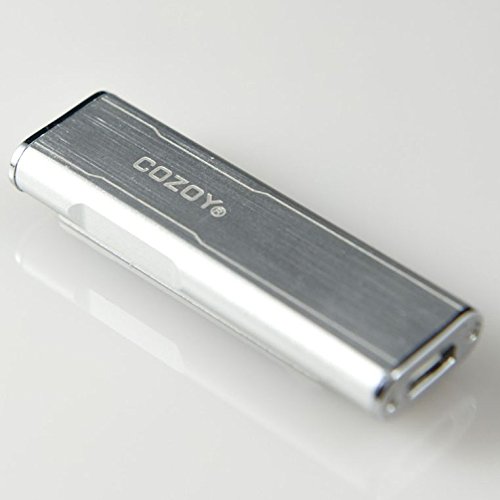

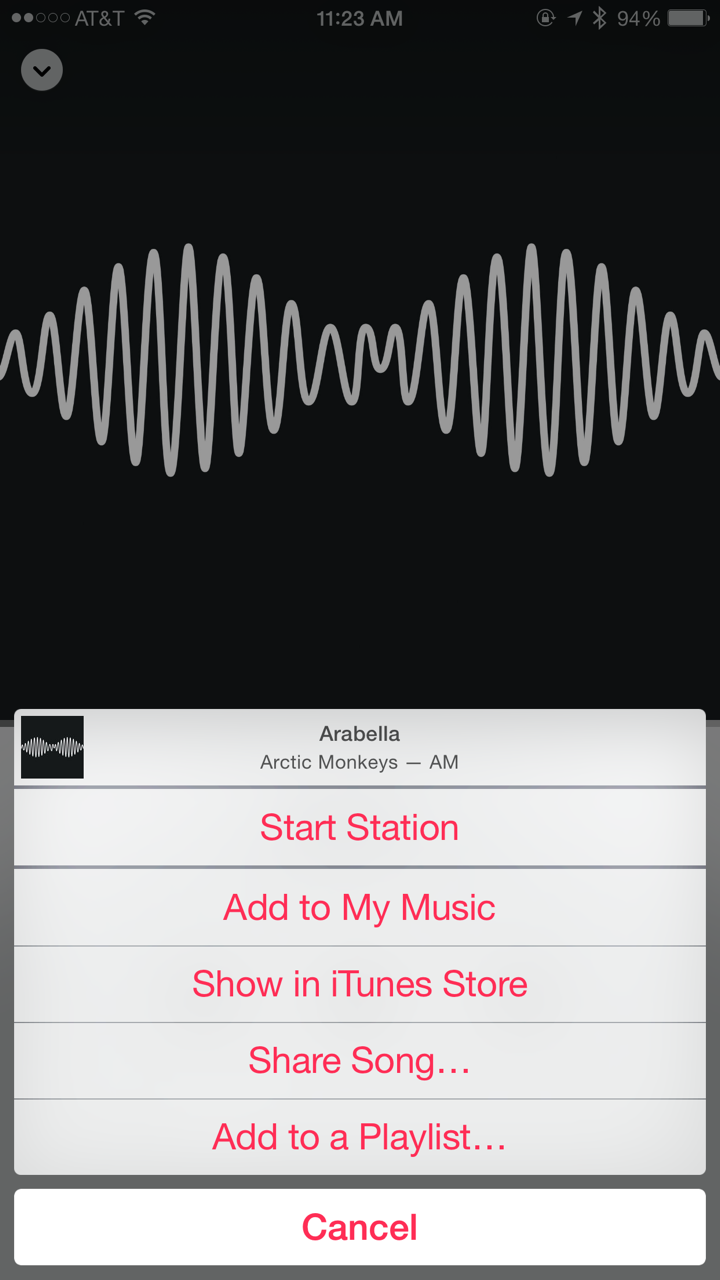
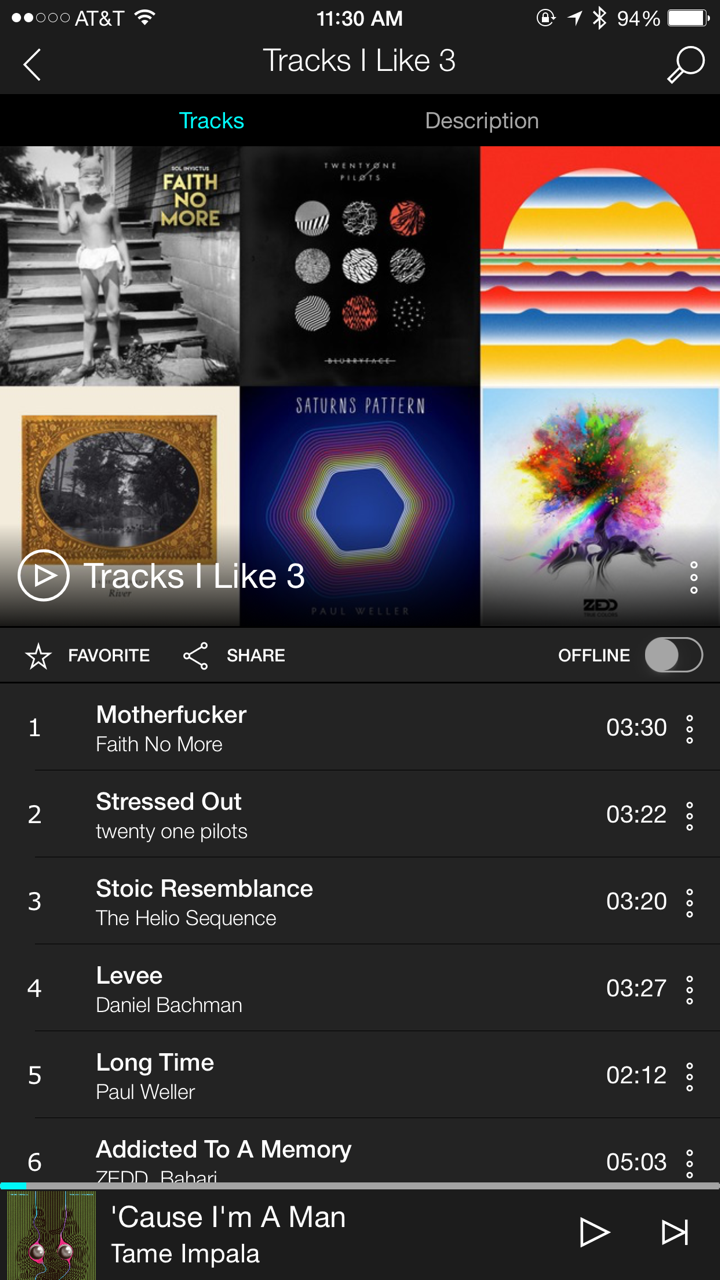

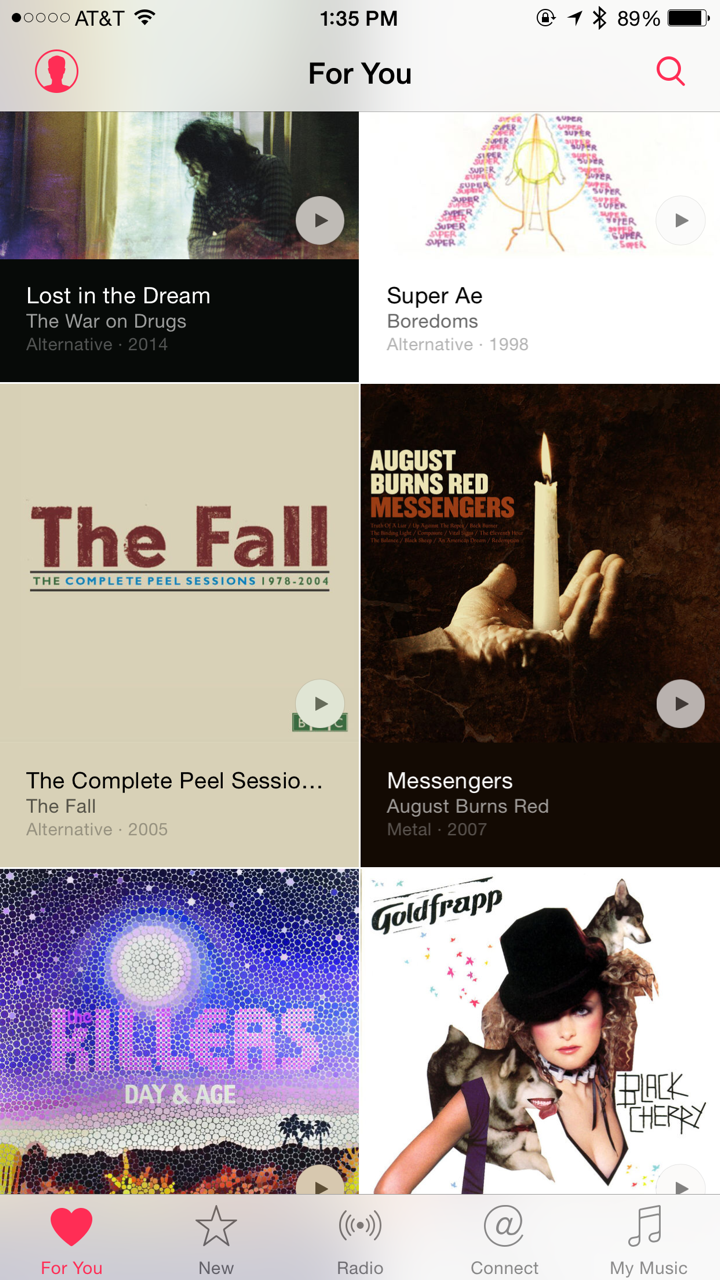
A couple of features that Tidal has that Apple doesn’t, and again, enables me to experience music that I haven’t heard before are:
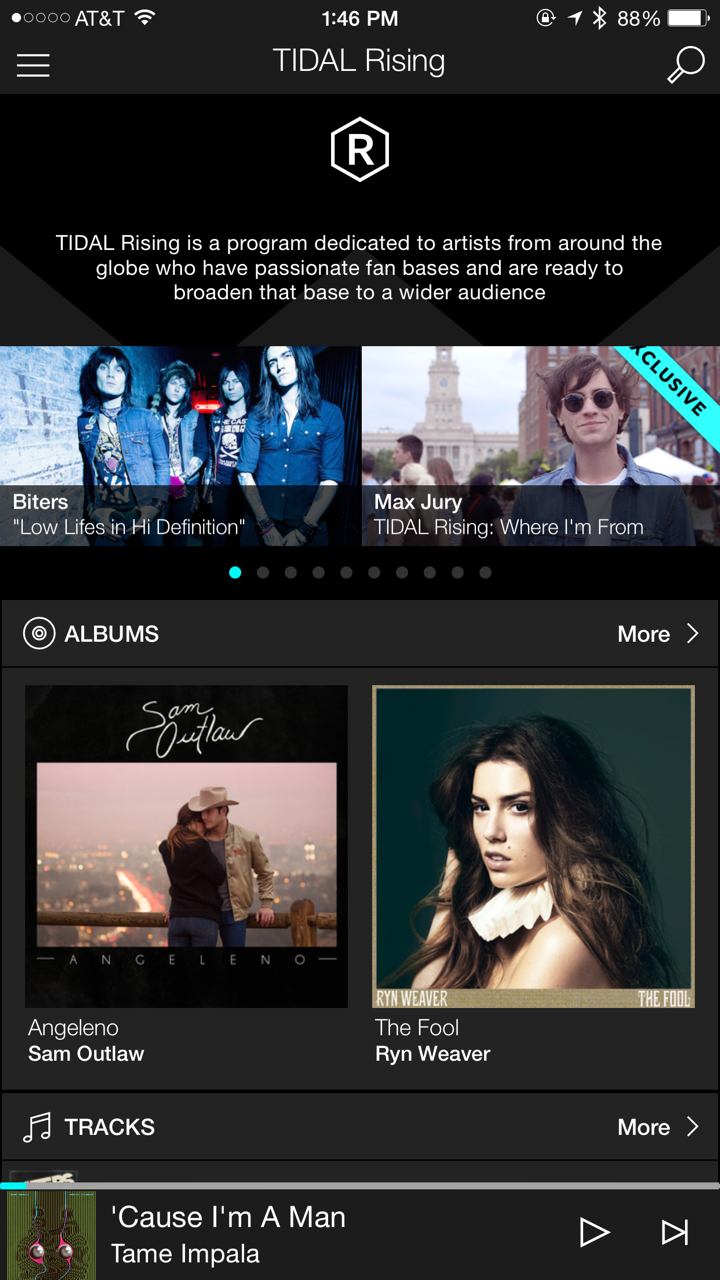
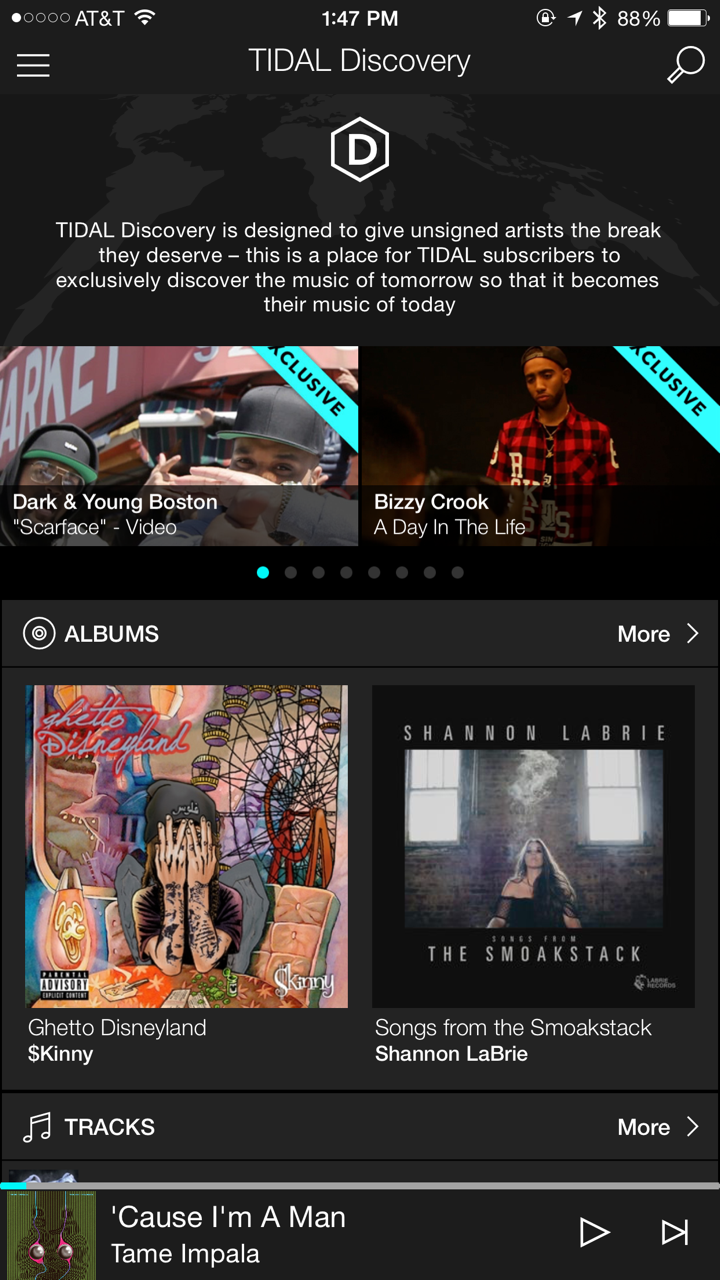
Features that Apple excels in that Tidal doesn’t seem to provide are, curated playlists that Rolling Stone (big fan of their magazine), Pitchfork and others are listening to and a Apple editors playlists
Both Tidal and Apple music offer an activities playlist separated by your mood or activity. It’s highly unlikely that I will discover new music in one of these playlists so it doesn’t fit into my workflow, but it might fit into my lifestyle.
Finishing up a few differences that I feel need to be addressed:
Apple’s radio is a feature that I am not interested in at all, probably because I am a satellite radio subscriber, and I get music separated by genre without commercials or using up my allotted bandwidth on my data plan, as long as I use their radio and don’t use my cellular device to listen to it. I know there are critics that say satellite radio is on its way out, but I think they offer a superior service if random music selections in my selected genre curated by a DJ is what I’m in the mood for. Again, I can discover new artists on this service as well, and have explored music I discovered on Satellite radio on a streaming service for other tracks that artist might have to offer.
Lastly which is dear to my heart, and the purpose of this post … Does the sample rate provided by Apple Music and Tidal HiFi set them apart? Tidal is known for their “HiFi” CD quality bit-rate and has created a niche in this area. I for one, am an audiophile, and have joined Tidal for this very reason. And when listening to high bit-rate tracks on high quality equipment, have found a noticeable difference. When I would turn up the volume on MP3 tracks from streaming services like Pandora and Rhapsody on high quality equipment or headphones it would only sound louder, but when I turned up the volume on high bit-rate tracks from Tidal, I could hear subtle nuances that I couldn’t hear otherwise. During my free trial I readily signed up for the Tidal premium plan. (High bit-rate downloads).
I have recently become humbled by Apple with a unscientific test of my own! I listened to Apple music as soon as the service was released and I felt I could tell the difference between their “AAC” compression and Tidal’s high bit-rate tracks. I was convinced that Tidal was going to win the race with audiophiles like myself, and any artist that wanted their music to be experienced to its highest level would always choose Tidal. That was until I submitted a question to a few experts that I highly admire and respect, Serenity Caldwell, Rene Ritchie and Peter Cohen at iMore.com for their opinion on this very issue. iMore.com is an excellent resource for anyone that wants to know more about Apple and its products. Rene was very particular in explaining that it isn’t the bit-rate that determines what you can hear and what you can’t hear, but rather how the song was mastered. He also stated that test subjects listening to high bit-rate and standard bit-rate music couldn’t tell the difference between the two. I was flabbergasted! I was determined to prove them wrong and did an informal test of my own.
I first conducted a scientific test playing a track by Muse “Dead Inside”using a iPad Air 2 as the player, using the DAC amplifier described earlier to prevent any Apple magic influencing the results through its own D/A converter and input the audio into the mic input of a iPhone 6 plus using a mic/headphone splitter. I used an app called “Audio Spectrum Analyzer“. I first played the song streaming in HiFi from Tidal using the “peak lock” function on the analyzer so that the resulting graph would display its highest output throughout the spectrum from 0 to 20khz for the entire song. I then played the same song from Apple Music using the same device at the same volume level into the spectrum analyzer with the “peak lock” function enabled and got the following results:
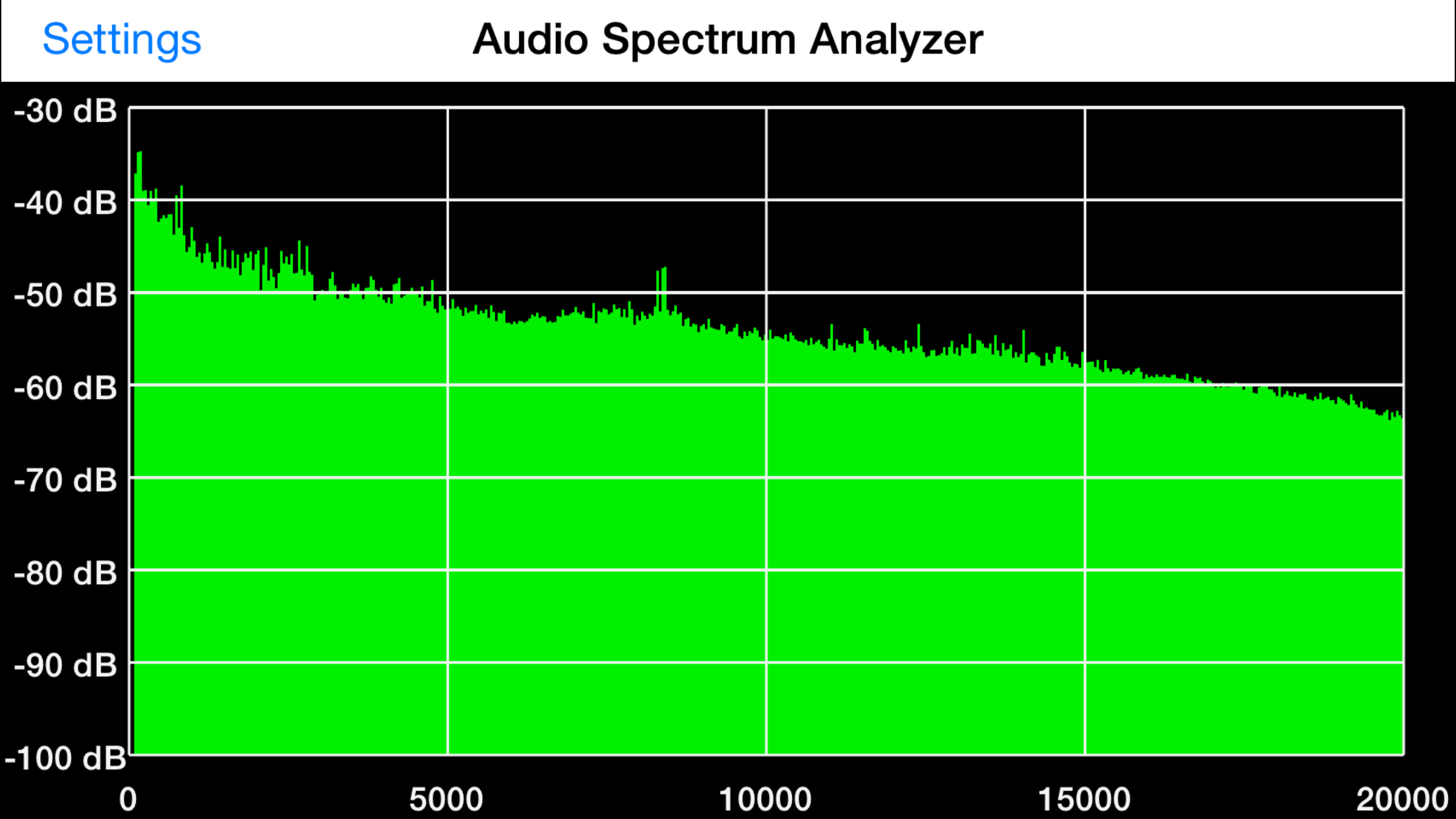
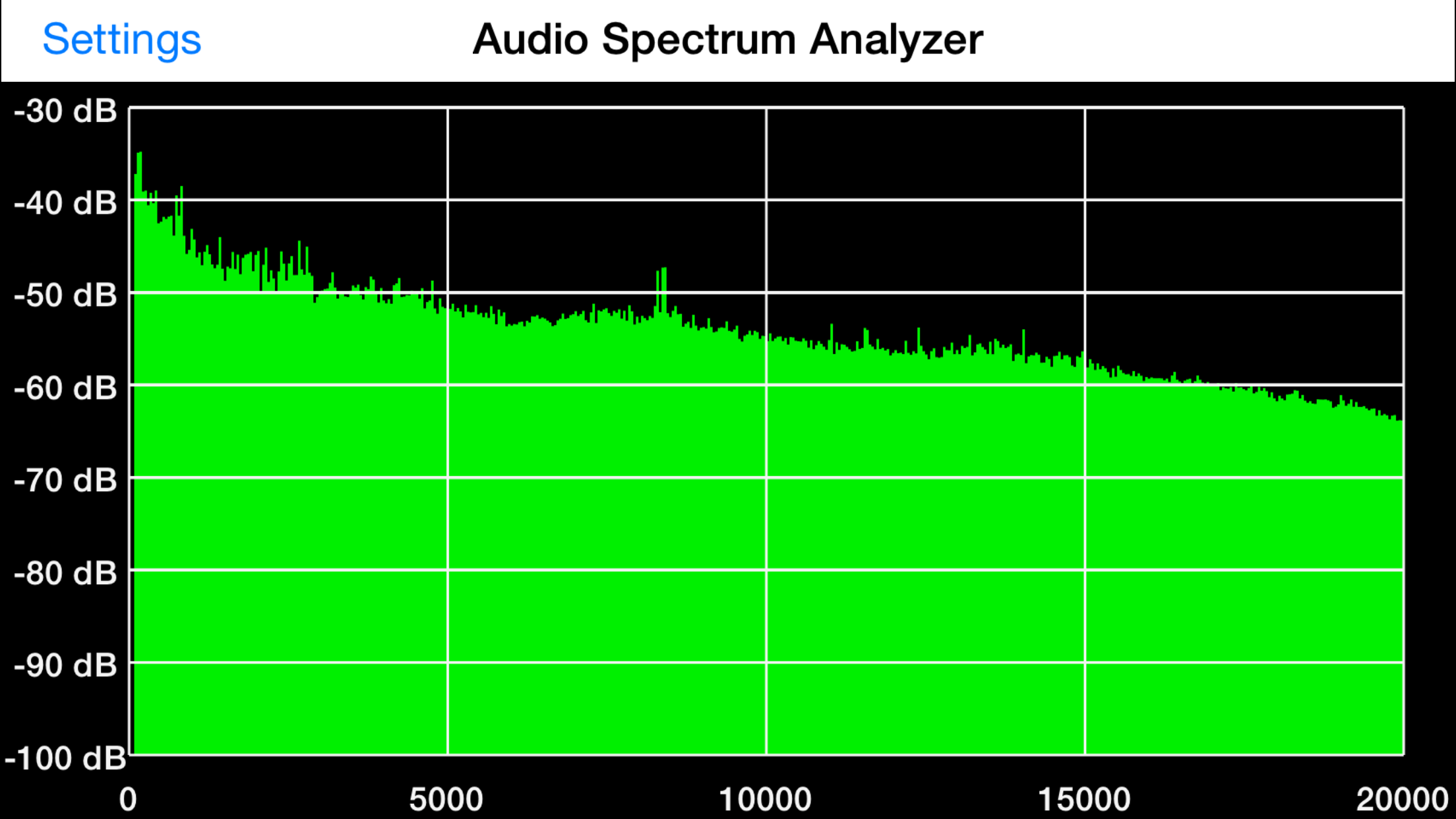
My next test consisted of playing a track that I was familiar with and liked, (Muse / Dead Inside) and another track my wife was familiar with and liked (Periphery / Priestess) on Apple Music and also on Tidal HiFi (HiFi enabled). I listened to each of tracks on the iPad 2 with the DAC amplifier described above, on Harmon Kardon low impedance headphones with my eyes closed. My wife played for me, the song by Muse from Apple Music and also on Tidal HiFi. I chose the track on Tidal as being crisper and cleaner with a higher dynamic range. My wife then played the track that I wasn’t familiar with by Periphery, and I chose the track from Apple having a higher dynamic range, even though the track from Tidal was being played in a HiFi bit-rate. I couldn’t believe it! How could this be? I thought I would always choose Tidal, blindfolded or not, as being a superior service to an audiophile! My wife then did the same test with me at the controls and with her eyes closed. She had identical results. I then realized that Rene Ritchie from iMore was absolutely correct. How the track was mastered makes all the difference in audiophile quality perceptions and NOT the sampled bit-rate. I am confident that in a blind test, I would be able to tell the difference between a standard MP3 (not from Apple Music) and Tidal, but Apple does some magic with the AAC format that in both my wife’s and my opinion, can’t have any discernible difference.
So the question is still difficult for me … Apple or Tidal? Each has it’s own unique features and faults. They are not identical services which makes the choice all that more difficult. Or does there need to be a choice? I think I will keep both and if and when one collapses, then the choice will be made for me. Until then, I can enjoy the best of both worlds. Now THAT makes me happy!
